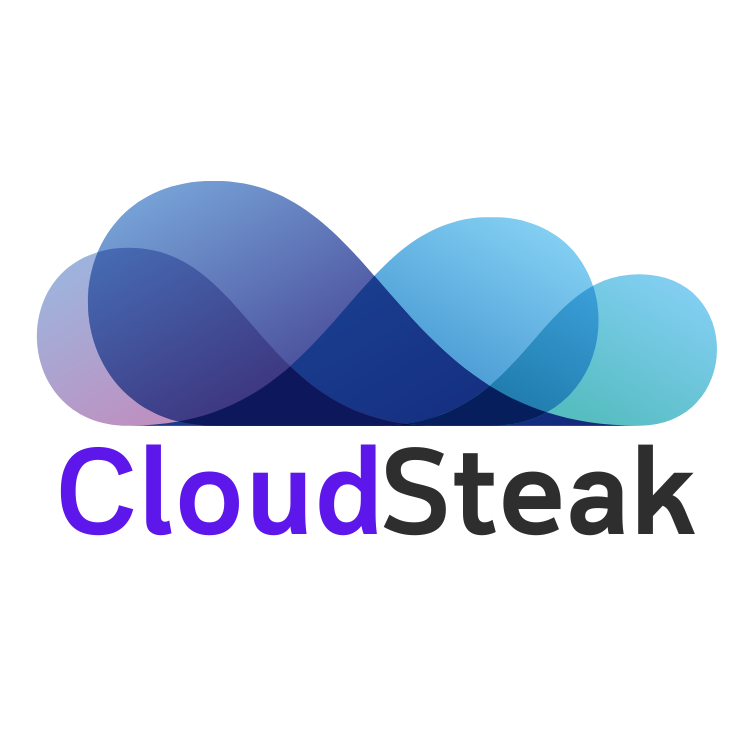Welcome to above the clouds

AWS – Amazon VPC now supports an AWS-managed prefix list for Amazon CloudFront
Starting today, you can use the AWS managed prefix list for Amazon CloudFront to limit the inbound HTTP/HTTPS traffic to your origins from only the IP addresses that belong to CloudFront’s origin-facing servers. CloudFront keeps the managed prefix list up-to-date with the IP addresses of CloudFront’s origin-facing servers, so you no longer have to maintain […]

GCP – Celebrating National Muffin Day with machine learning
If you’re here you’re probably wondering: what on Earth is the connection between muffins and machine learning, and what is National Muffin Day? To understand this, let’s start with National Muffin Day: an annual holiday started by Jacob in 2015 to bake muffins and raise money for homelessness. National Muffin Day will occur on Sunday, […]

AWS – AWS announces geolocation enrichment for Amazon Fraud Detector Models
We are excited to announce the launch of a new geolocation enrichment feature for Amazon Fraud Detector machine learning (ML) models that automatically calculates the distance between the IP address, billing address, and shipping address provided for an event. This helps you to prevent more fraud, particularly when a user attempts to create an account […]

AWS – Amazon DocumentDB (with MongoDB compatibility) R6g and T4g instances are now available in Asia Pacific (Seoul), South America (Sao Paulo), and Europe (Paris) Regions
Amazon DocumentDB (with MongoDB compatibility) is a scalable, highly durable, and fully managed database service for operating mission-critical MongoDB workloads. Read More for the details.

Azure – Generally Available: Search results page improvements in Azure IoT Central
Filtering and highlighting matched values have been added to IoT Central search results allowing for richer search experience. Read More for the details.

GCP – Five ways to stop automated website attacks with reCAPTCHA Enterprise
Automated website attacks have become a staple of cybercrime, with bots serving as one of the easiest ways a bad actor can threaten websites. Bots can be used to steal sensitive information and money, or they can shut a website down entirely. Bots are being used to threaten all types of online activity each day […]

GCP – Know more, spend less: how GKE cost optimization insights help you optimize Kubernetes
If there’s one thing we learned talking to Kubernetes users, it’s that optimizing for reliability, performance, and cost efficiency is hard — especially at scale. That is why, not long ago, we released GKE cost optimization insights in preview, a tab within the Google Cloud Console that helps you discover optimization opportunities at scale, across […]

GCP – Yugabyte Cloud offers database scale AND transactional consistency
Peanut Butter and Jelly. Infinity Gems and the Infinity Gauntlet. Server Virtualization and Shared Storage. Holidays and Cookies (ok, maybe that’s just a personal preference). We all love to find a combination of products, foods or technologies that effortlessly fit together to make our lives better. And when it comes to technology, there’s nothing better […]

GCP – 3 ways Dataflow is delivering 50%+ productivity boost and cost savings to customers
In our conversations with technology leaders about data-driven transformation using Google Data Cloud – industry’s leading unified data and AI solution – , one important topic is incorporating continuous intelligence to move from answering questions such as “What has happened? to questions like “What is happening?” and “What might happen?”. The core to this evolution […]

GCP – Filestore Enterprise: File-sharing done right for SAP customers
Google Cloud’s ability to raise the bar on SAP application productivity and performance is an important source of value for our enterprise customers who run SAP environments. And now, we’ve got another success story to share from Google Cloud’s focus on SAP: giving customers the ability to leverage Google Cloud Filestore Enterprise as a file-sharing […]
